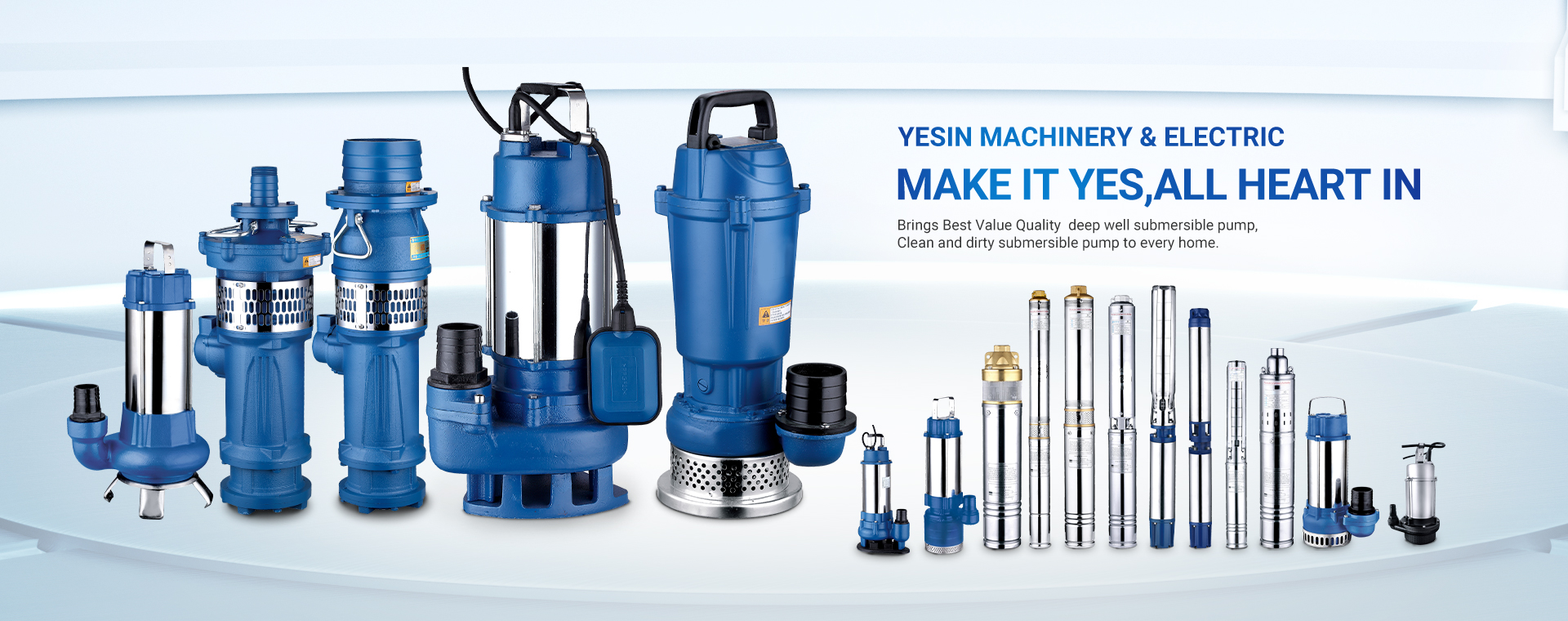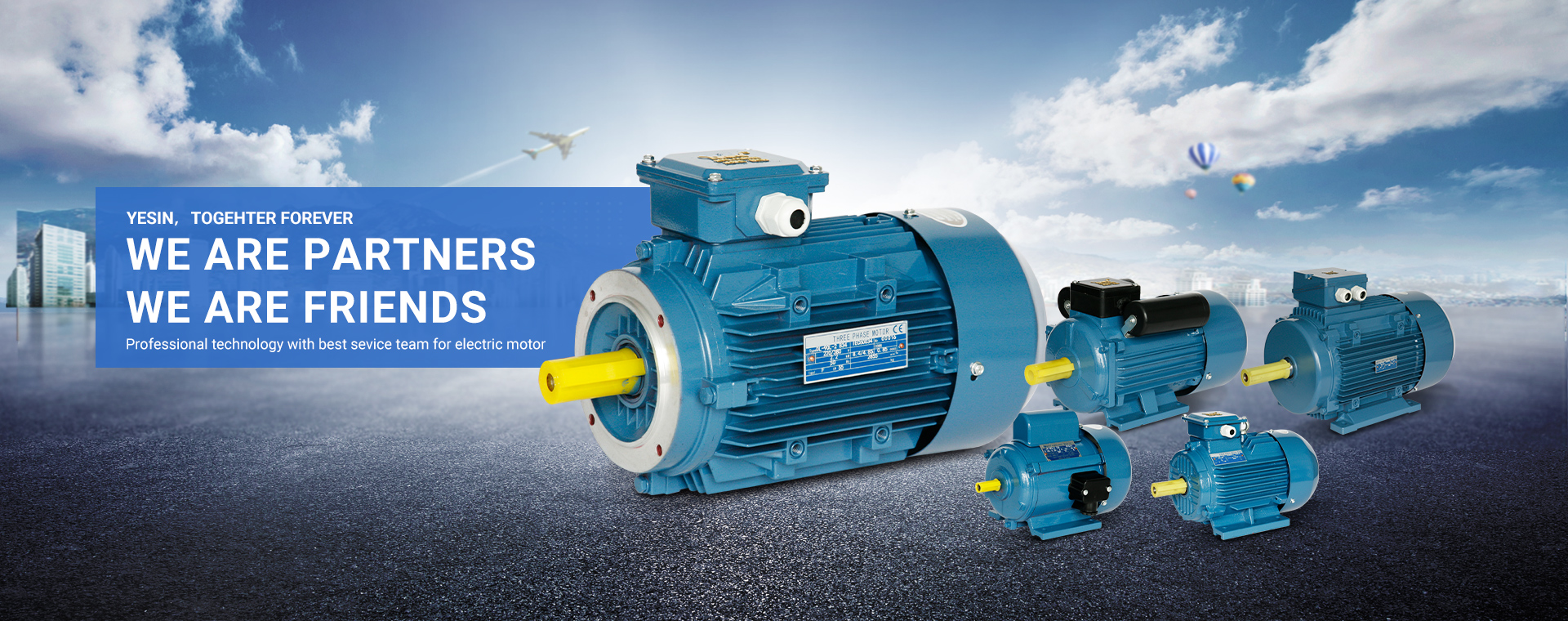The special requirements of chemical production on pumps are as follows.
(1) Meet the needs of chemical process
In the chemical production process, the pump not only plays the role of conveying materials, but also provides the system with the necessary amount of materials to balance the chemical reaction and meet the pressure required by the chemical reaction. Under the condition that the production scale remains unchanged, the flow and head of the pump shall be relatively stable. Once the production fluctuates due to some factors, the flow and outlet pressure of the pump can also change accordingly, and the pump has high efficiency.
(2) Corrosion resistance
The medium conveyed by chemical pumps, including raw materials and intermediate products, is mostly corrosive. If the material of the pump is selected improperly, the parts will be corroded and invalid when the pump is working, and the pump cannot continue to work.
For some liquid media, if there is no suitable corrosion resistant metal material, non-metallic materials can be used, such as ceramic pump, plastic pump, rubber lined pump, etc. Plastics have better chemical corrosion resistance than metal materials.
When selecting materials, it is necessary to consider not only its corrosion resistance, but also its mechanical properties, machinability and price.
(3) High temperature and low temperature resistance
High temperature medium treated by chemical pump can be generally divided into process fluid and heat carrier fluid. Process fluid refers to the liquid used in the processing and transportation of chemical products. The heat carrier liquid refers to the medium liquid carrying heat. These medium liquids, in a closed circuit, are circulated by the work of the pump, heated by the heating furnace to raise the temperature of the medium liquid, and then circulated to the tower to indirectly provide heat for the chemical reaction.
Water, diesel oil, crude oil, molten metal lead, mercury, etc. can be used as heat carrier fluids. The temperature of high-temperature medium treated by chemical pump can reach 900 ℃.
There are also many kinds of cryogenic media pumped by chemical pumps, such as liquid oxygen, liquid nitrogen, liquid argon, liquid natural gas, liquid hydrogen, methane, ethylene, etc. The temperature of these media is very low, for example, the temperature of pumped liquid oxygen is about – 183 ℃.
As a chemical pump used to transport high-temperature and low-temperature media, its materials must have sufficient strength and stability at normal room temperature, site temperature and final delivery temperature. It is also important that all parts of the pump can withstand the thermal shock and the resulting different thermal expansion and cold brittleness hazards.
In case of high temperature, the pump is required to be equipped with a centerline bracket to ensure that the axis lines of the prime mover and the pump are always concentric.
Intermediate shaft and heat shield shall be installed on high-temperature and low-temperature pumps.
In order to reduce the heat loss, or to prevent the physical properties of the transported medium from changing after a large amount of heat loss (such as the viscosity will increase if the heavy oil is transported without heat preservation), an insulating layer should be set outside the pump casing.
The liquid medium delivered by the cryogenic pump is generally in a saturated state. Once it absorbs external heat, it will vaporize rapidly, making the pump unable to work normally. This requires low temperature insulation measures on the cryogenic pump shell. Expanded perlite is often used as low temperature insulation material.
(4) Wear resistance
The wear of chemical pumps is caused by suspended solids in high-speed liquid flow. The abrasion and damage of chemical pumps often aggravate the medium corrosion. Because the corrosion resistance of many metals and alloys depends on the passivation film on the surface, once the passivation film is worn off, the metal will be in the activated state, and the corrosion will deteriorate quickly.
There are two ways to improve the wear resistance of chemical pumps: one is to use particularly hard, often brittle metal materials, such as silicon cast iron; The other is to cover the inner part of the pump and the impeller with soft rubber lining. For example, for chemical pumps with high abrasiveness, such as alum ore slurry used to transport potassium fertilizer raw materials, manganese steel and ceramic lining can be used as pump materials.
In terms of structure, open impeller can be used to transport abrasive liquid. The smooth pump shell and impeller flow passage are also good for the wear resistance of chemical pumps.
(5) No or little leakage
Most of the liquid media transported by chemical pumps are flammable, explosive and toxic; Some media contain radioactive elements. If these mediums leak into the atmosphere from the pump, they may cause fire or affect environmental health and harm human body. Some media are expensive, and leakage will cause great waste. Therefore, chemical pumps are required to have no or less leakage, which requires work on the shaft seal of the pump. Select good sealing materials and reasonable mechanical seal structure to reduce leakage of shaft seal; If shielded pump and magnetic drive seal pump are selected, the shaft seal will not leak to the atmosphere.
(6) Reliable operation
The operation of chemical pump is reliable, including two aspects: long period operation without failure and stable operation of various parameters. Reliable operation is crucial to chemical production. If the pump often fails, it will not only cause frequent shutdown, affect economic benefits, but also sometimes cause safety accidents in the chemical system. For example, the pipeline raw oil pump used as the heat carrier stops suddenly when it is running, and the heating furnace has no time to extinguish, which may cause the furnace tube to overheat, or even burst, causing a fire.
The fluctuation of pump speed for chemical industry will cause the fluctuation of flow and pump outlet pressure, so that chemical production can not operate normally, the reaction in the system is affected, and the materials can not be balanced, resulting in waste; Even make the product quality decline or scrap.
For the factory requiring overhaul once a year, the continuous operation cycle of the pump should generally not be less than 8000h. In order to meet the requirement of overhaul every three years, API 610 and GB/T 3215 stipulate that the continuous operation cycle of centrifugal pumps for petroleum, heavy chemical and natural gas industries shall be at least three years.
(7) Capable of conveying liquid in critical state
Liquids in critical state tend to vaporize when the temperature rises or the pressure decreases. Chemical pumps sometimes transport liquid in critical state. Once the liquid vaporizes in the pump, it is easy to cause cavitation damage, which requires the pump to have a high anti cavitation performance. At the same time, the vaporization of the liquid may cause the friction and engagement of the dynamic and static parts in the pump, which requires a larger clearance. In order to avoid the damage of mechanical seal, packing seal, labyrinth seal, etc. due to dry friction due to the vaporization of liquid, such chemical pump must have a structure to fully exhaust the gas generated in the pump.
For pumps conveying critical liquid medium, the shaft seal packing can be made of materials with good self-lubricating performance, such as PTFE, graphite, etc. For shaft seal structure, in addition to packing seal, double end mechanical seal or labyrinth seal can also be used. When double end mechanical seal is adopted, the cavity between two end faces is filled with foreign sealing liquid; When labyrinth seal is adopted, sealing gas with certain pressure can be introduced from outside. When the sealing liquid or sealing gas leaks into the pump, it should be harmless to the pumped medium, such as leaking into the atmosphere. For example, methanol can be used as the sealing liquid in the cavity of double face mechanical seal when transporting liquid ammonia in critical state;
Nitrogen can be introduced into the labyrinth seal when transporting liquid hydrocarbons that are easy to vaporize.
(8) Long life
The design life of the pump is generally at least 10 years. According to API610 and GB/T3215, the design life of centrifugal pumps for petroleum, heavy chemical and natural gas industries shall be at least 20 years.
Post time: Dec-27-2022



